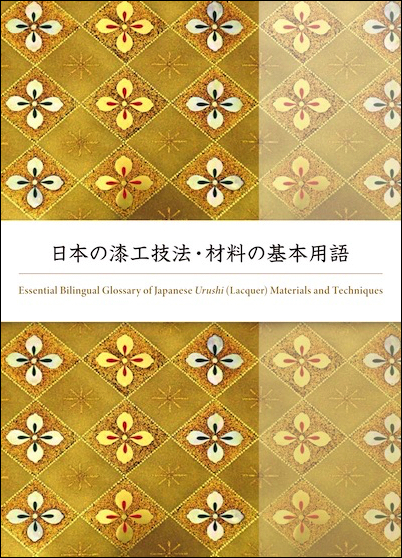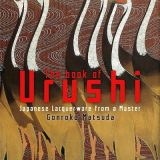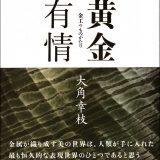If you are looking for a good resource to look up terms used in the field of Japanese lacquerware, I have a reliable glossary to recommend!
When reading a book or catalogue of netsuke, inro, and other Japanese lacquerware in general, you are likely to come across such specialized terms as “maki-e (lit. sprinkled picture),” “takamaki-e (high relief maki-e),” “nashiji (lit. pear skin ground).” What do they mean? How are they produced? These include many words that you are unlikely to understand just from their literal or brief translations.
As mentioned in the previous post on The Book of Urushi (click here), Japanese lacquerware includes many special terms, often referring to various definitions, materials, techniques, and processes. Although The Book of Urushi is a good overview of the subject and a pleasure to read, a dictionary or glossary is even more essential when coming across a word that you don’t understand or want to know more about.
Here is the glossary that I recommend:
Mejiro Institute of Urushi Research & Restoration ed., Essential Bilingual Glossary of Japanese Urushi (Lacquer) Materials and Techniques. Mejiro Institute of Urushi Research & Restoration, 2020.
This glossary contains fundamental definitions of terms, techniques, materials, and tools utilized in Japanese lacquer art, particularly in maki-e. What is more, you can view and download it for free! To do so, please go to the website of Mejiro Urushi Studio via the following link:
http://urushigakusha.jp/en/
Incidentally, the Mejiro Institute of Urushi Research & Restoration and Mejiro Urushi Studio are supervised by Murose Kazumi-sensei, a Living National Treasure in maki-e, who also wrote the glossary.
As the title suggests, the glossary is fully translated into English! The translation was carried out by a team of three: Rupert Faulkner (former Senior Curator of the Asian Department at the Victoria & Albert Museum), Julia Hutt (former Curator also at the same museum), and myself. First, I translated the Japanese text into English with Julia, whose profound knowledge of the historical and cultural context of Japanese lacquerware was most essential. Rupert then edited our translation, making the most of his deep understanding of lacquer techniques (Murose-sensei takes his hat off to him for this) and experience in editing, both of which greatly enhanced the accuracy and quality of the text.
As with The Book of Urushi project, the English version of this glossary was completed after several months of animated discussion among the translators, asking numerous questions to Murose-sensei and Nagata Tomoyo (Curator at the Nezu Museum). With the combined efforts of these international experts, I don’t think you could ask for a better bilingual glossary of Japanese lacquer than this! In fact, I myself often use it in my lacquer-related translation work, as does Julia in her own work, too.
It is also worth saying that I am always amazed at how quickly Murose-sensei answers our questions in a logical and easy-to-understand manner. As you may know, craft techniques are often difficult to explain in words, as these have a lot to do with the senses, such as the feel of the hand, color, and texture. I assume that, apart from being an experienced teacher, he has also trained himself to verbalize his techniques. I think this is true with other Living National Treasures, since they are not only highly skilled, but the role also bears the responsibility of passing on their skills to the next generation. I know a few of them personally, and they are all good at explaining both their techniques and specialist fields in an objective manner.You’ll get my point if you watch his interview on maki-e at the following link (with English subtitles by Julia and me):
https://maki-e.exhibit.jp/english/special.html
In addition, this glossary has been translated into Spanish by enthusiastic Spanish lacquer artists of which there are many in Spain. It can also be downloaded from the Mejiro Urushi Studio website:
http://urushigakusha.jp/en/
Free download is made possible thanks to the Mejiro Institute of Urushi Research & Restoration and its sponsor, the Toshiba International Foundation.

I hope this glossary will be useful for you!


